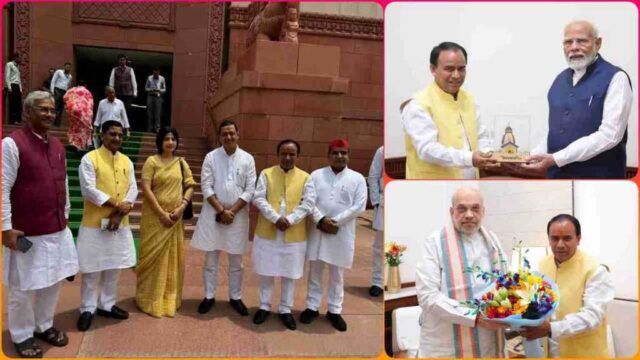Himachal Pradesh : State government promoting conservation and cultivation of medicinal plants Tina Thakur
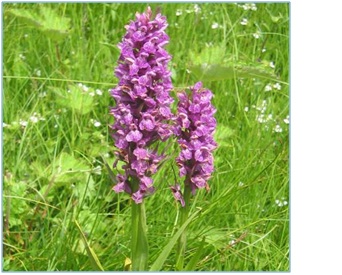
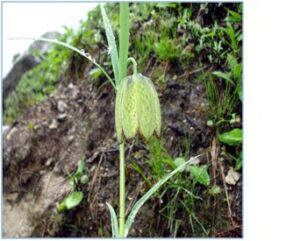
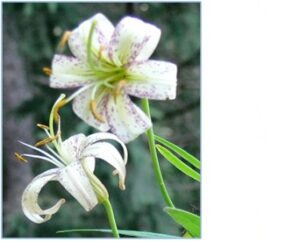
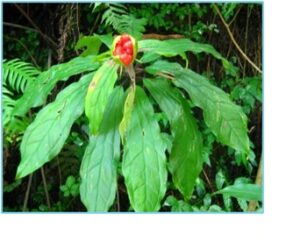
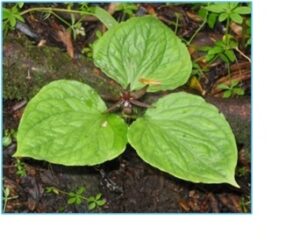
The increasing interest of people towards natural products has resulted in increasing importance of medicinal plants in the international market. Medicinal plants are a major resource for indigenous medicine. The reach and acceptance of AYUSH systems nationally and globally is dependent on uninterrupted availability of quality medicinal plant based raw materials, due to which the trade of medicinal plants is continuously growing.
Himachal is a state endowed with rich biological diversity. To promote medicinal plants and related activities, the State Medicinal Plants Board is working under the aegis of AYUSH Department in the state. Under this, emphasis is being laid on the economic requirements and easy availability of medicinal plants for the manufacture of Ayurvedic medicines.
Various policies are being formulated and implemented by the state government to promote the conservation of medicinal plants and to encourage the farmers to cultivate these plants and increase their income. In order to develop Himachal Pradesh as a hub of medicinal plants, the state government is providing financial assistance to farmers in different agro-climatic zones for cultivation of medicinal plants under the National AYUSH Mission. For this various farmer groups have been formed. A farmer group should have at least two hectares of land to get the benefit of financial assistance. A farmer cluster may consist of three villages falling within a 15 km radius. The mortgaged land can also be used for the cultivation of these medicinal plants. Under the scheme, financial assistance of Rs.99.68 lakh has been provided to 318 farmers for cultivation of medicinal plants since January 2018.
National AYUSH Mission has provided financial assistance of about Rs 128.94 lakh in the year 2019-20 for the cultivation of medicinal plants in the state. Out of this, Rs 25 lakh for one model nursery, Rs 12.5 lakh for two small nurseries, Rs 54.44 lakh for cultivation of Atis, Kutki, Kuth, Shatavari, Stevia and Sarpagandha, Rs 20 lakh for construction of drying shed and storage godown. And Rs 17 lakh has been allocated for other expenditure.
To promote the production of medicinal plants in the state, the State Government has set up medicinal gardens at Jogindernagar in district Mandi, Neri in district Hamirpur, Rohru in district Shimla and Jungle Jhaleda in district Bilaspur. According to different agro-climatic zones, different types of medicinal plants are being grown in these medicinal gardens, which are being used to prepare various medicines for many diseases.
National Medicinal Plants Board, Ministry of AYUSH, Government of India has set up a co-facilitation center of Northern Zone Regional Research Institute of Indian System of Medicine, Jogindernagar, District Mandi. The center is promoting cultivation and conservation of medicinal plants in six neighboring North Indian states including Punjab, Haryana, Uttarakhand, Uttar Pradesh, Chandigarh and Himachal Pradesh and disseminating the functions of National Medicinal Plants Board.
In order to create awareness about medicinal plants among the people of the state, in the first phase, a two-week tree plantation campaign ‘Charak Vatika’ was conducted in which Charak Vatikas were established in 1167 Ayurvedic institutions and about 11,526 saplings were planted. The second phase of Charak Vatika Abhiyan has been launched on June 7, 2021.
Due to being a state with diverse climatic conditions, about 640 species of medicinal plants are found in the four agro-climatic zones of the state. The tribal districts- Kinnaur, Lahaul-Spiti, Kullu and Kangra and Shimla districts in some areas situated at an altitude of more than 2,500 meters produce highly useful medicinal plants. Some of these include Patis, Batsnabha, Atis, Tragan, Kirmala, Ratanjot, Black cumin, Saffron, Somlata, Wild asafoetida, Charma, Khorsani Ajwain, Pushkar Mool, Havar, Dhop, Dhamani, Nechni, Neri, Kejavo, Dhop Cherlu, Sharger. , Gaggar and Buransh.
The State Government is emphasizing on the establishment and conservation of various species in the native ecology and adoption of this method in other parts of the Indian Himalayan region, in addition to regular monitoring of the ecological zone for the conservation of medicinal plants. Awareness is being created among the people about biodiversity values through various means and people’s participation in conservation and management of biological resources is being ensured.


